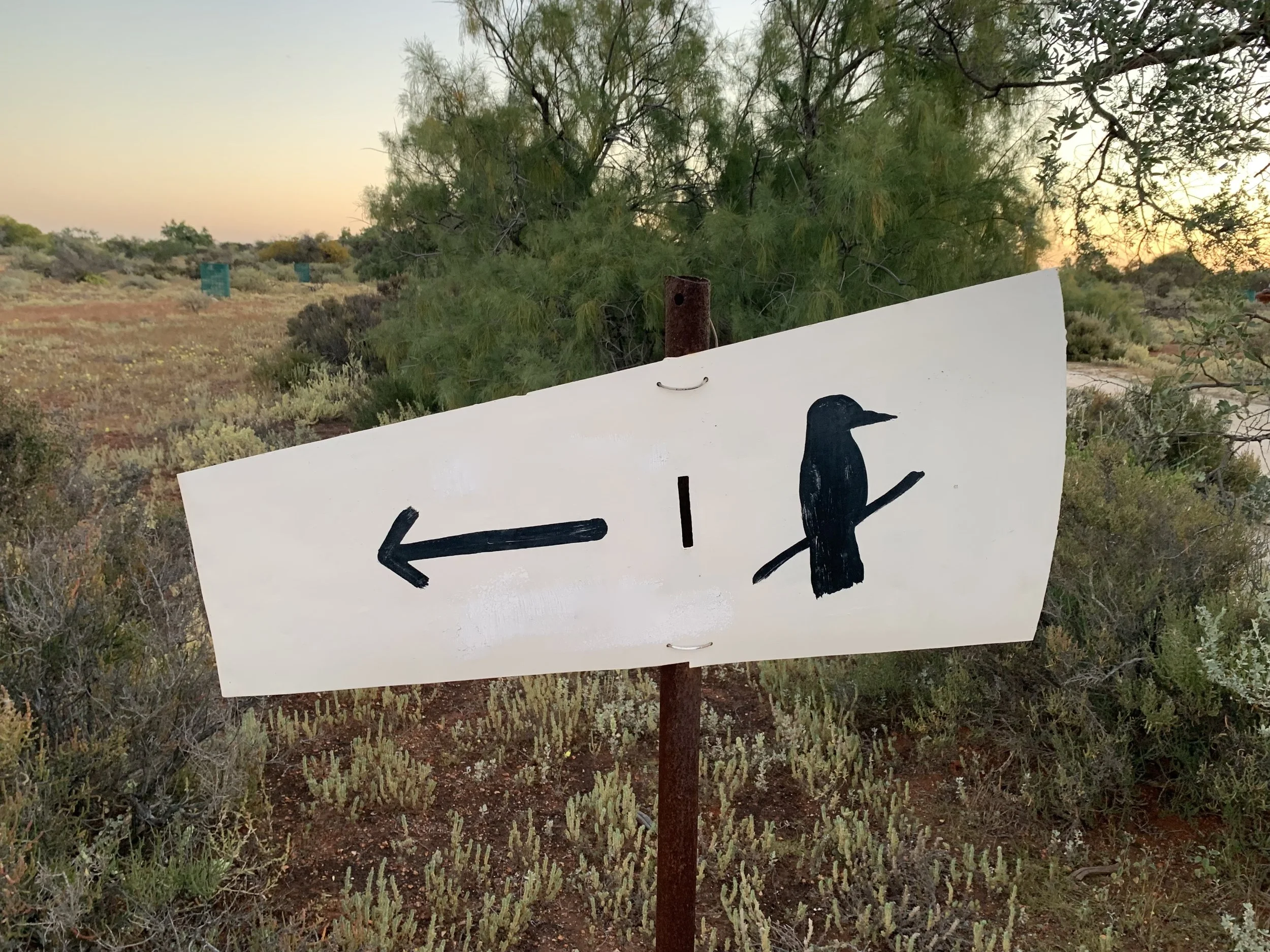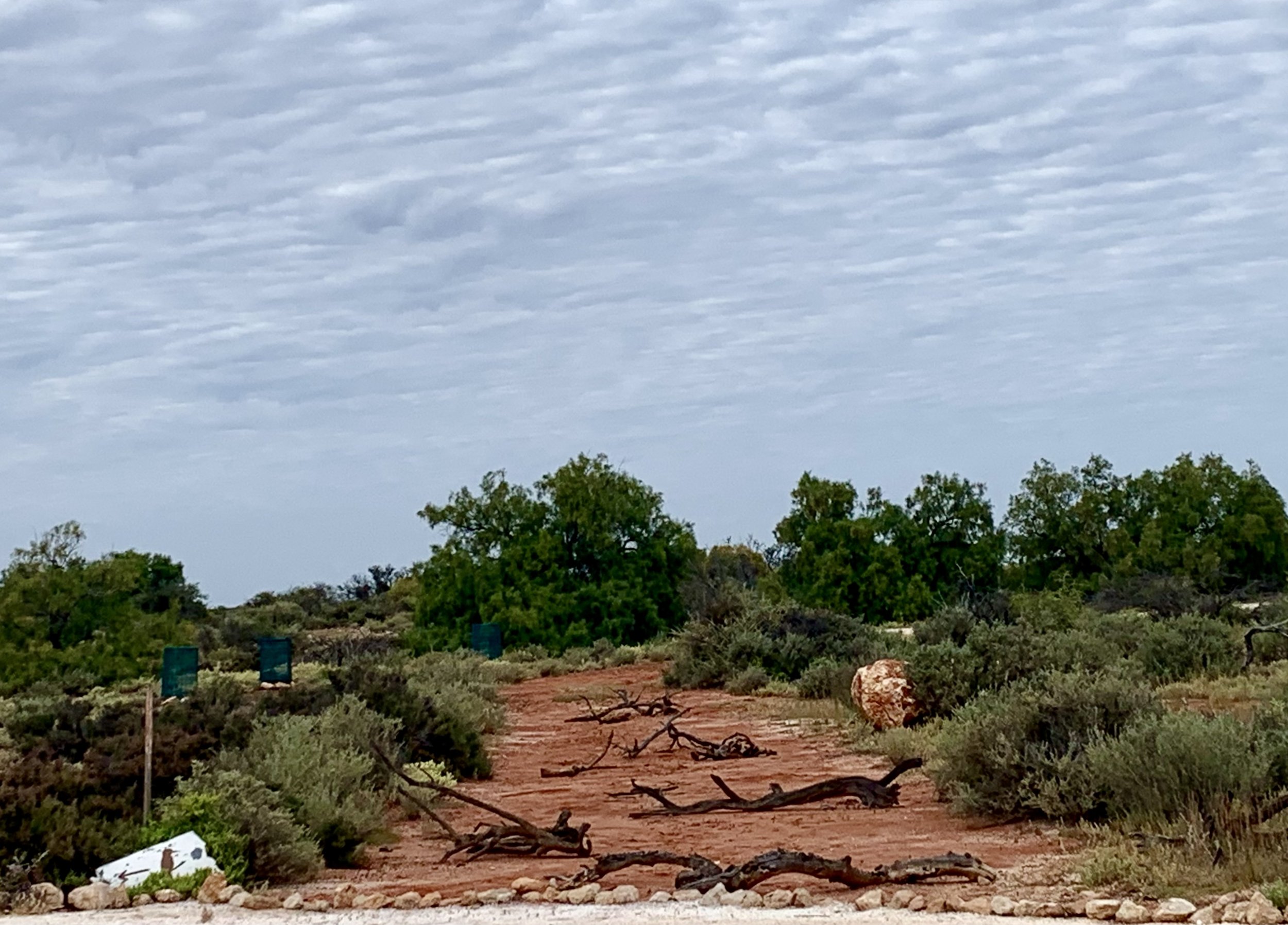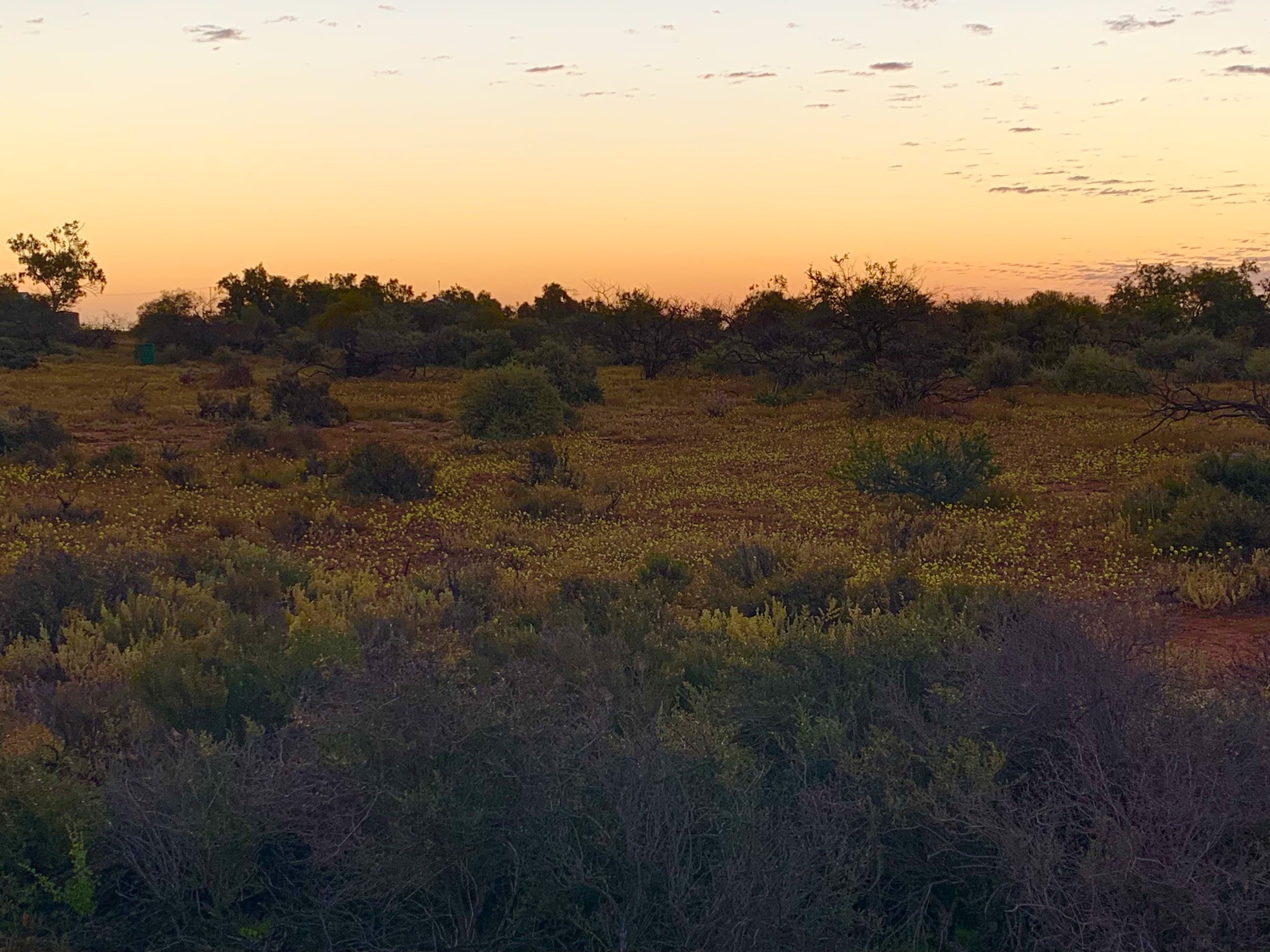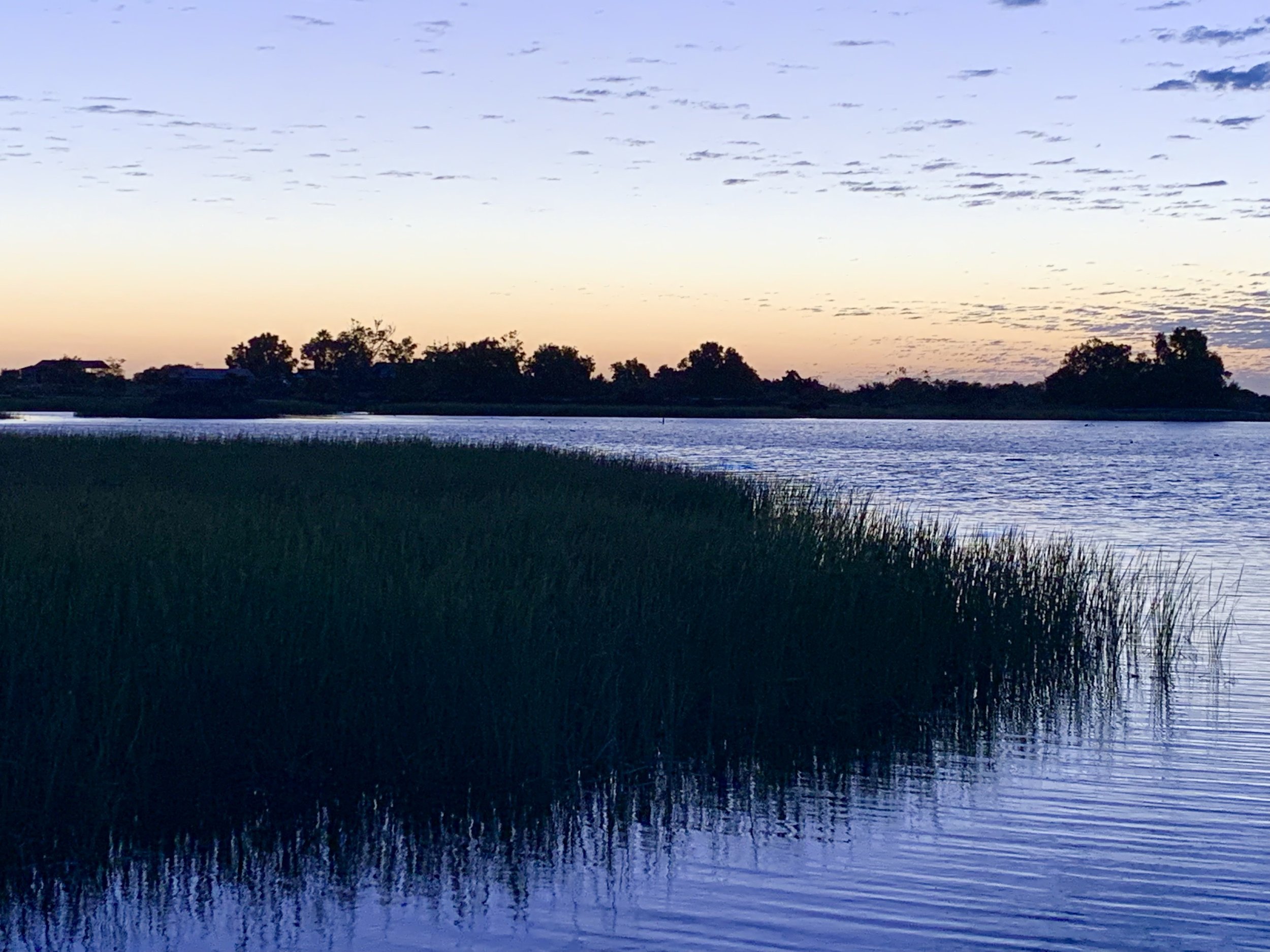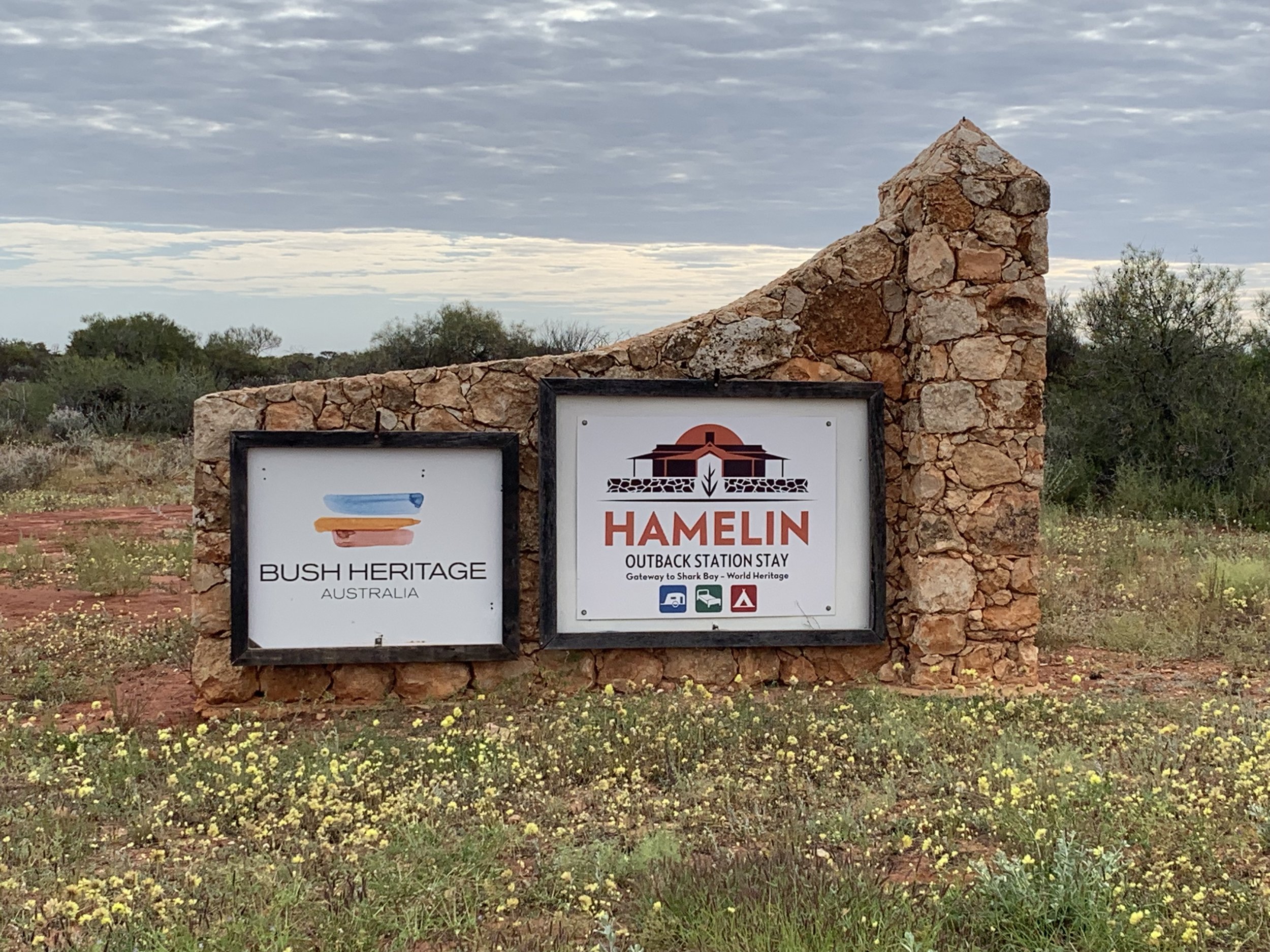Hamelin Station
Once upon a time in medieval Europe, there was no such thing as a black swan. The assumption was that all swans were white. Until the end of the 17th century, that is, when Dutch explorer Willem de Vlamingh visited the west of Australia, where he discovered native swans that were black.
Here is a Black Swan in Western Australia.
I wonder, does the black swan anecdote offer hope to those of us who cling to the slim possibility that a thylacine – a Tasmanian tiger – might roam the remote bush or high lands of Australia’s deep south? There would need to be several, of course, to breed and ensure their ongoing survival: a small group at least. From time to time, hikers returning from remote trails report having seen one; but during years of more than a passing interest in this topic, I have never heard about sightings of groups of Tassie tigers. And I’ve read loads of Tassie-tiger tall tales.
But I digress, not for the first time.
If you’re a bird, whether you have light or dark plumage often reflects the backdrop of your life. If you hang out in a sandy or snowy landscape, you’re better off pale: if you spend most of your time grubbing about along the muddy banks of lakes or rivers, it’s probably best to be black.
Many birds are extremely clever: they are masters of disguise and deception. They’re skilled builders and crafters; and their eyesight makes moles of us humans. Their range of calls is huge, from raucous announcements and warnings (Crow, Cockatoo, Gull), to tuneful socialising (Magpie, Robin), frantic chit-chat (Fairy-wren, Chiffchaff), and intermittent teasing (Cuckoo, Eastern Whipbird).
Certain bird species are genius mimics: the male Lyrebird, for example, has added convincingly realistic chainsaw and camera-shutter sounds to an already extraordinary repertoire of other bird calls. The Nightingale’s beautiful song is reputed to move humans to tears: while a Chiming Wedgebill, on incessant raucous replay, could hasten madness in the heat and glare of the Australian desert. Lastly, special mention for Australia’s Green Catbird. When first I heard this creature’s call, I was sure a tiny baby had been abandoned close by in the depths of New South Wales rainforest.
Straya’s largest native bird
Hamelin Station, home to a large variety of bird species, is about 700 km north of Perth and 100 km or so southeast of Denham. By the time we got there it was quite hot. The landscape is described as ‘quiet but compelling’, and has key, essentially Australian elements – reddish earth, scrappy vegetation, overarching blue sky, rutted tracks, and wildlife that retreats by day to avoid ferocious heat. It was love at first sight.
Up the road from Hamelin Station is Hamelin Pool, famous for one of few living stromatolite colonies in the world. These layered structures have been built up over a long, long period of time by mats of tiny photosynthetic cyanobacteria (formerly known as blue-green algae). They trap sedimentary material, over which further deposits slowly but surely accumulate and harden. Such organisms have a remarkable evolutionary track record: fossil evidence of them has been found in 3.7 billion-year-old rocks in Greenland.
Stromatolites in weak evening sun
We got to Hamelin Pool only to discover that the walkway had been storm damaged, so we couldn’t get close enough. But there was a cafe; manned by a seasonal volunteer from Dorset, who served decent coffee and unexpectedly good carrot cake, which salvaged the situation a tad.
Large supported stick nest, possibly a Brown Falcon’s
Less formal stick nest with Shelduck mum and babes
It was a wrench to leave Hamelin Station. We had reduced the number of nights to just one – with good reason given our time constraints, but a contender for duffest decision of the trip. Grey clouds couldn’t dampen my enthusiasm. If you weren’t inspired enough by the experience, there were wise words pinned here and there.
Shearing shed: muted colours and corrugated stripes
Goliath Stick Insect
Not this way!
Sundown…
…and relax
Some places are extra-special. At the time you may not know exactly how or why; you feel it rather than seeing something specific you can point to and say, ah yes, that’s what made being on country so memorable. Later, perhaps if you look at a photograph, or describe it to a friend, you realise Nature had excelled herself in some way there. You had witnessed her work in all its glory.

